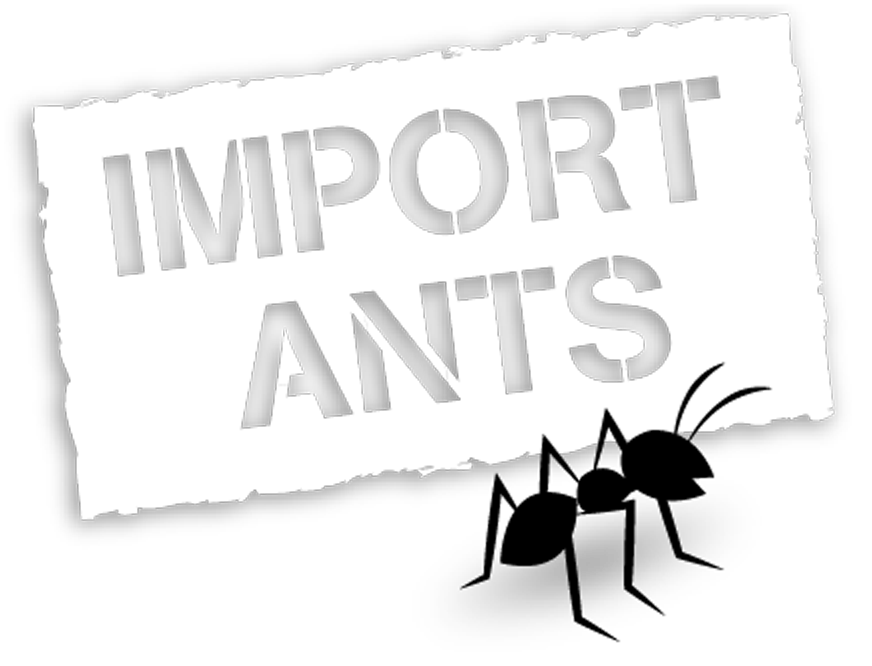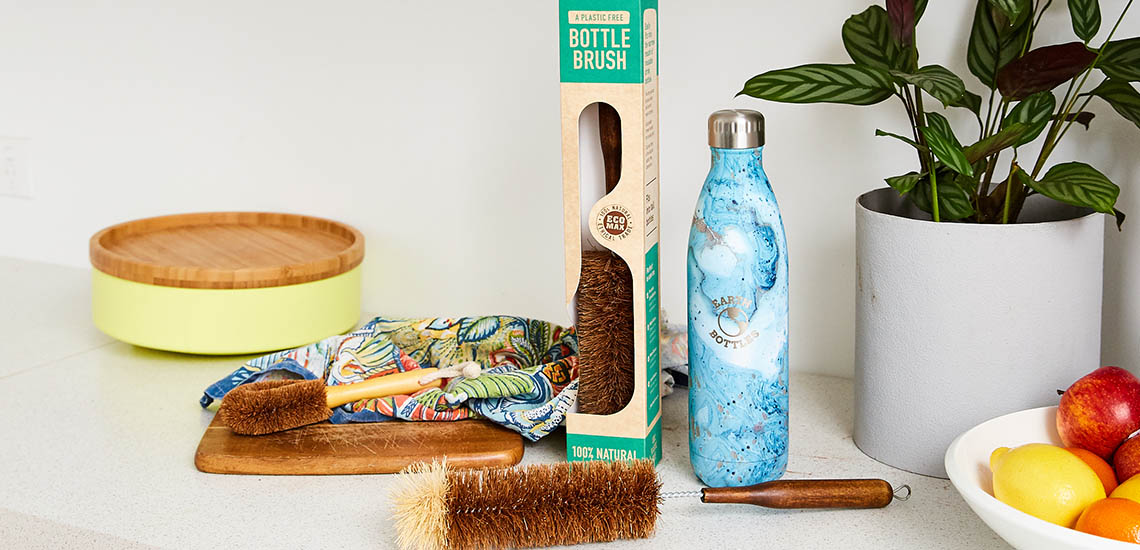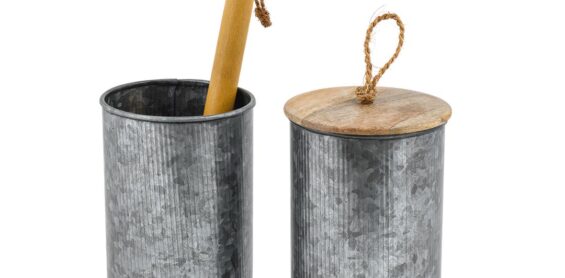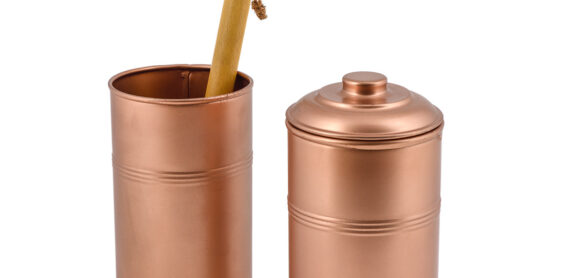Having had the nasty experience of discovering mouldy things growing in my water bottle it got me thinking about what natural cleaning methods I can use to clean it.
I looked at 6 common methods used for cleaning and why they worked or didn’t and how to use them?
No. 1 on my list – a Good Bottle Brush
Plastic free, natural vegetable fibres of course. One that is narrow enough to fit my narrow neck preferred drink bottle. One that is long enough to reach the bottom of my bottle preferably with a timber handle so that it is easy to use and one that is full enough to clean those hard to reach areas where the bottle widens out below the neck and the corners at the bottom.
Yes I am talking about our new Premium Boxed Bottle Brush which ticks all those boxes.
A good bottle brush will work for all BYO drink bottles and ensures that you are thoroughly cleaning the inside of your bottle. This is particularly important if you use your bottle to carry soft drinks, juices and tea or coffee as the sugars in these help feed germs that can grow in your bottle.
No 2 – Hot Water
Using hot water is ok for a rinse but the temperature you get from your hot water tap is about 40° to 55°C or 104° to 131°F and germs don’t start to die till you reach temperatures above 60°C or 140°F. So on its own hot tap water won’t be enough to keep your bottle germ free or clean for the long term.
No 3 – Vinegar
White vinegar is actually acetic acid and is a great natural disinfectant. Commonly found white vinegar is a 5% concentration of acetic acid and will kill 80% of germs including salmonella, E.coli and pneumonia. So more than enough to keep your water bottle clean and it also is a great deodoriser keeping your bottle smelling clean as well.
Method
Mix 1 part white vinegar with 4 parts water and pour into your water bottle. Shake well and leave for 10 min then empty and rinse out with warm water. You might like to use a brush when rinsing to make sure all the vinegar has been removed from your bottle so your water doesn’t taste of it the next day. Leave your bottle to drip dry upside down on a tea towel and fill again in the morning.
NB Aluminium Water Bottles – never use vinegar on these as vinegar reacts with the aluminium leading to nasty looking oxidation spots.
No 4 – Baking Soda
Baking Soda is sodium bicarbonate which comes out of the ground in the form of minerals nahcolite and trona, which are refined into soda ash (a.k.a. calcium carbonate), then turned into baking soda (a.k.a. sodium bicarbonate)
Method
Mix 2 heaped teaspoon of baking soda with warm water in your bottle and let soak for a few hours. Rinse well using a brush to remove all residue of the baking soda. This is also a good way to remove the build-up of mineral deposits that adhere to the walls of your bottle and alter the taste of your water. Baking soda also works as a deodoriser which will help keep your bottle smelling fresh.
NB If you have had some mould growing in your bottle make a paste from Baking Soda and water and use a brush to scrub the inside of your bottle.
No 5 – Lemons
Lemons are high in citric acid and with their wonderful fresh citrus smell and natural antibacterial and antiseptic qualities, this makes them a great natural cleaning product. Lemons can also be used to remove alkaline stains like calcium/limescale – that white hard build-up that is caused by hard water. It won’t hurt you but doesn’t look great inside your water bottle. The acidity of the lemon juice reacts with the limescale (calcium carbonate) or the rust (iron oxide) to soften and dissolve the deposits.
Method
Mix some lemon juice and warm water, add to your water bottle, shake and leave for a few hours. Rinse well and if you don’t like the taste of lemon water give a scrub with a bottle brush to remove any lemony flavour.
NB Cleaning with lemons will also keep your stainless steel water bottle nice and shiny inside.
No 6 – Dish soap
As a daily cleaner for your water bottle you really can’t go past a little dish soap and some hot water and a bit of a scrub with a bottle brush. Because detergents are amphiphilic, they help oils become more soluble in water and make it easier to wash the food and grime from inside your bottle.
Quick, super simple and easy.
Tips for refilling your water bottle
Always empty the water left in your bottle if you refill it during the day. Little bits of food and grime end up in your bottle when you use it. They come from your hands, mouth, lipstick and creams you have used and the backwash that occurs when you use your drink bottle. Left in your bottle these bits of food and bacteria can grow which is why you should empty left over water before refilling and wash your bottle daily.
Other things you can use
There are commercial products that you can also use like denture tablets and sterilizers but if you wash your bottle regularly you should never need to use these.
A few things to remember
During this hot, summer heat leaving your water bottle in hot places like your car and handbag help germs and mould to breed. While most of the time this will not make you sick it is really worth while making a habit of cleaning your BYO bottle daily. This is particularly important for children who might share bottles or anyone who has been ill or has a lowered immunity.




